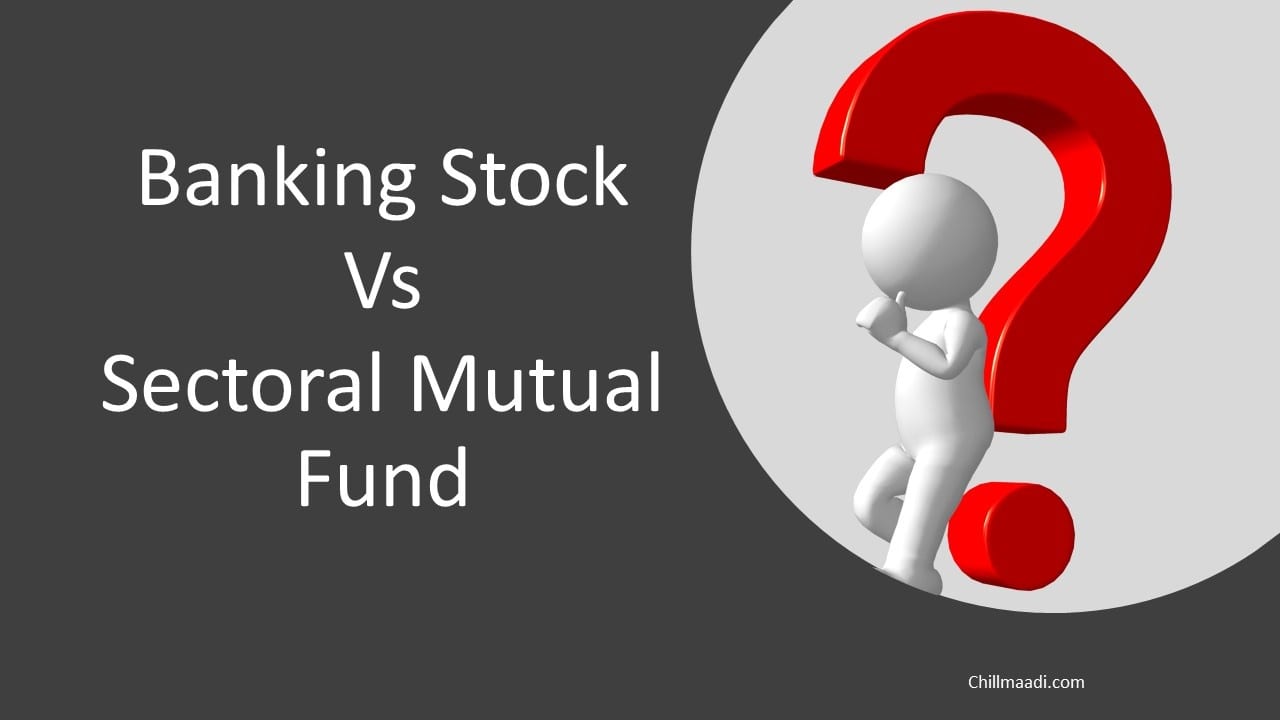One of the things we’ve noticed in our family is that the more advertising we see, the more stuff we are likely to want. This is especially true with our children. We try to minimize the amount of advertising they are exposed to, which helps to alleviate some of the “I wants”. It is tricky, though because advertisers are always trying to woo our kids.
One of the ways we attempt to keep marketing material away from the children is to minimize their tv time and their exposure to commercials. We have a rule in our house, “when the commercials come on; the tv goes off”. They are trained to shut the tv off for a few minutes while the commercials play and then turn it back on when the show they are watching resumes. We are usually close by to enforce this rule. The kids have limits on the shows they are allowed to watch as well as the length of time per day.
Another way we minimize their exposure to advertising is by throwing out all the toy catalogues and magazines that are sent their way. American Girl is one of the worst offenders. We have never purchased anything from them, but somehow they got our daughter’s name. They faithfully send her their latest catalogue so she can see all the dolls she must have, at the cost of $100 or more per doll. Yikes! Now we sort through our mail before bringing it into the house and toss any catalogues or sales flyers directed at the kids.
For myself, I don’t browse catalogues or stores where I know I will be tempted with impulse purchases. I have come to recognize that merely removing these things from my line of vision helps me to see more clearly our goal of saving money and living within our means. When I am feeling particularly emotional, I avoid advertising like the plague — no TV, magazines, online shopping, etc.
Now we don’t tune out all advertising. That would be impossible to do. However, we find that by keeping it too low levels, everyone in the family is not focused on the next “thing they have to have”.







